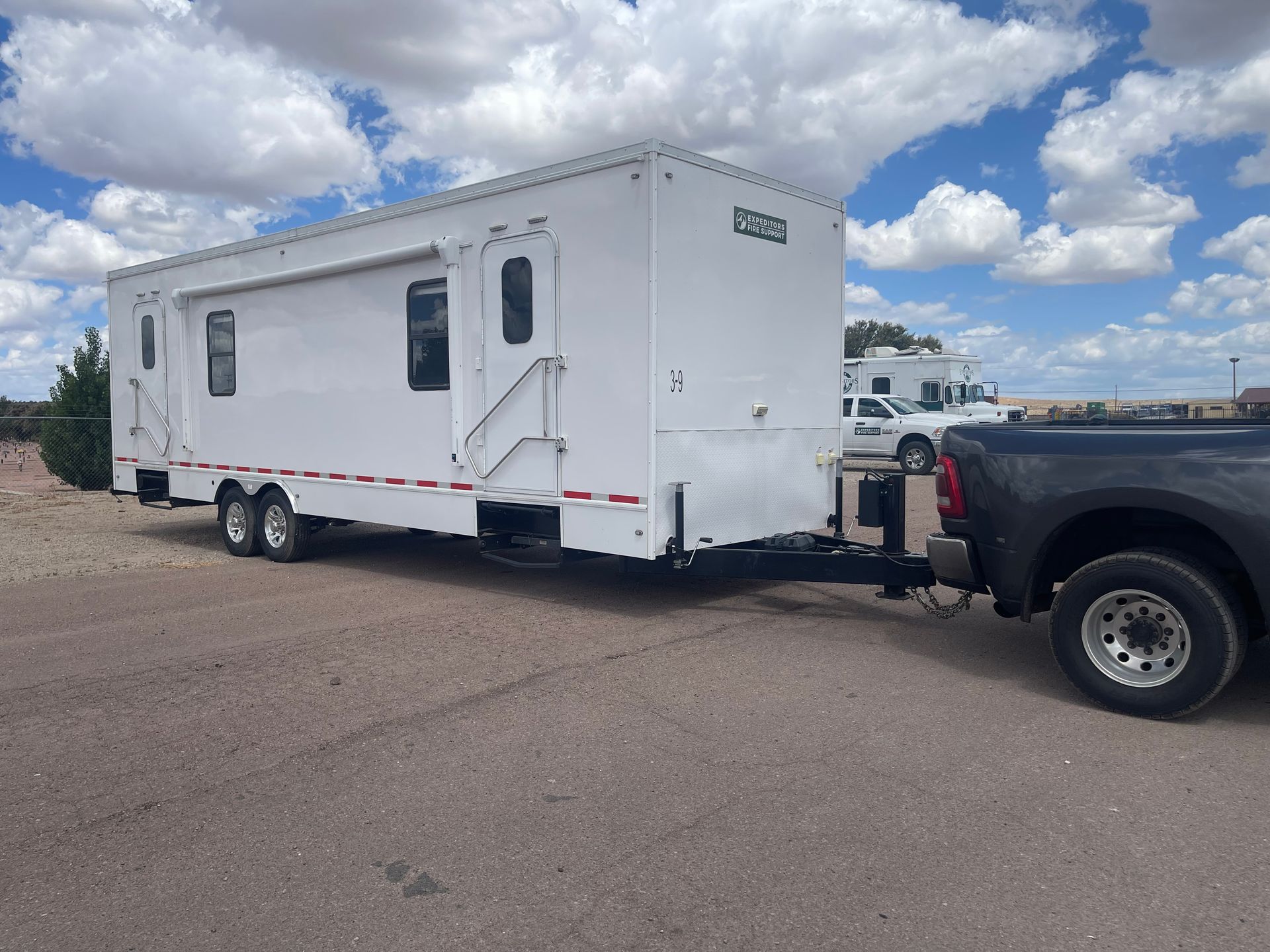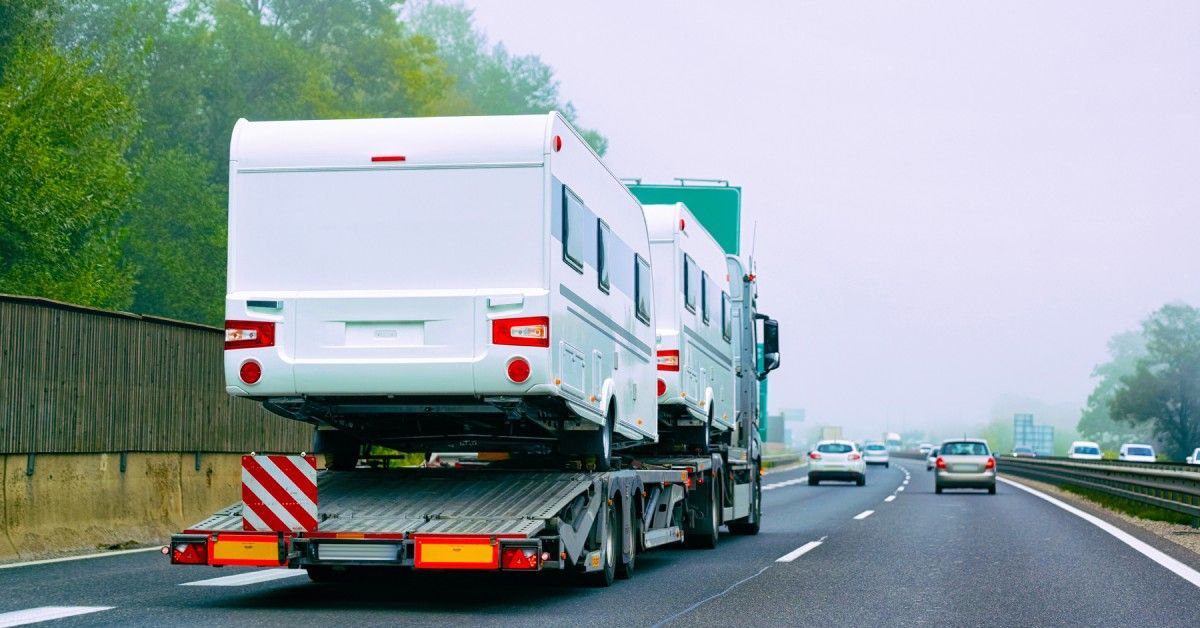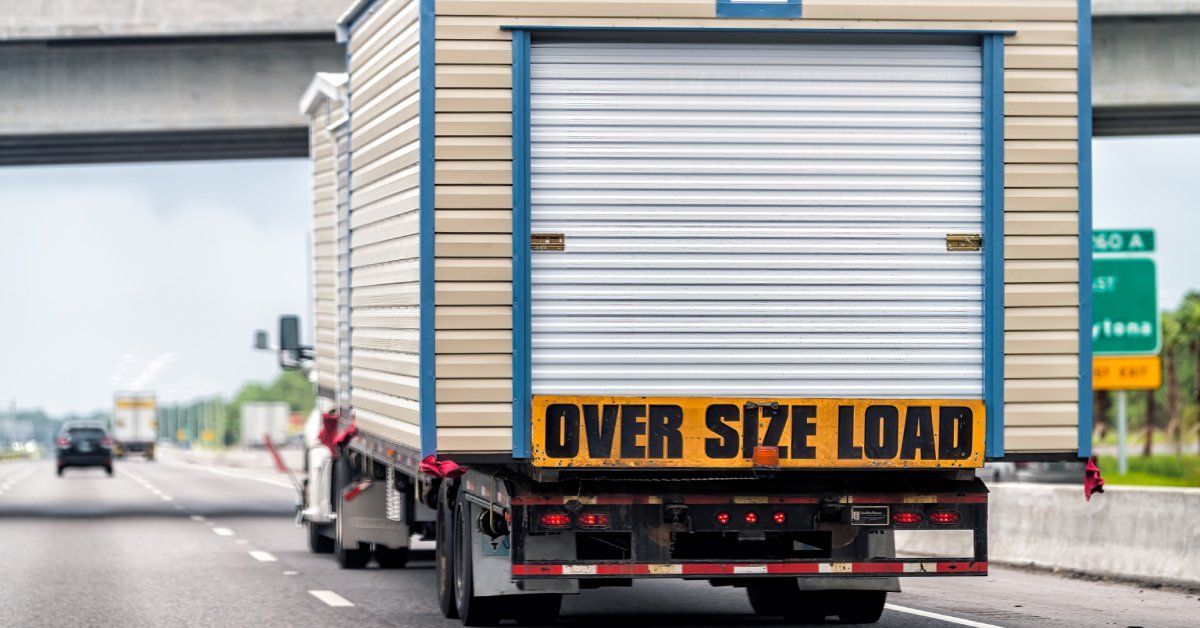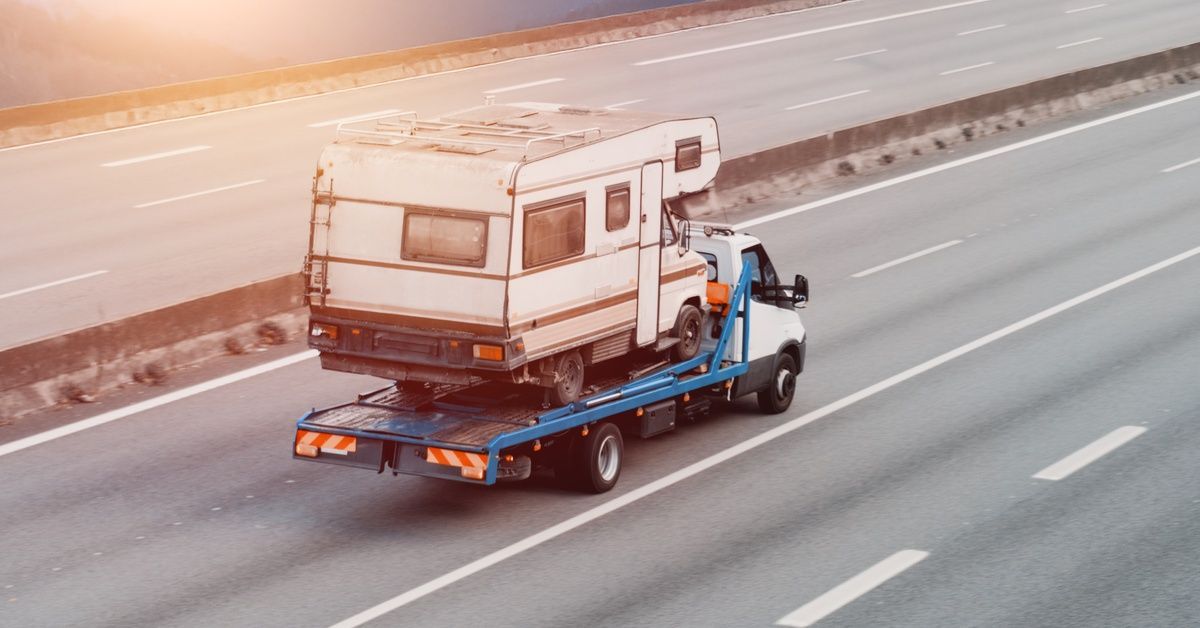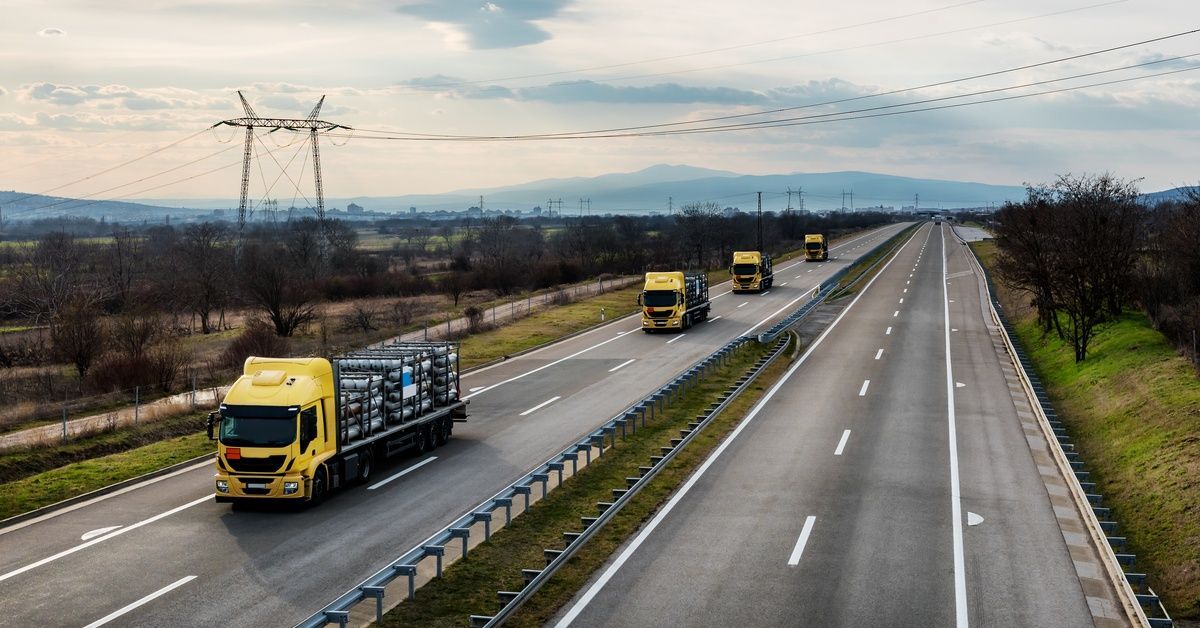What To Consider When Choosing a Plot for Your Tiny Home

The movement toward tiny living has grown significantly in recent years, with people drawn to the simplicity, sustainability, and financial freedom that come with it. However, the foundation of every successful tiny home experience begins long before the construction or delivery of the house itself. What to consider when choosing a plot for your tiny home is a vital topic often overlooked in the excitement of downsizing.
Selecting the perfect plot is not just a matter of how the land looks; it requires careful thought, research, and planning. Making the right decision upfront can save you money, prevent future headaches, and create a living situation perfectly suited to your needs. Your ideal location holds the key to comfort, functionality, and peace of mind, whether you dream of a remote retreat, a charming community, or a hybrid spot with town amenities nearby.
And while we’re at it, having trusted partners for aspects like logistics can provide you with much-needed expertise during the process. Here’s everything you need to know.
Understanding Local Zoning Laws and Building Codes
You must familiarize yourself with local zoning laws and building regulations specific to your area before placing or building your tiny home. Rules vary widely by state, county, and municipality, with some locations welcoming tiny homes and others applying strict restrictions. Ensure that the land you choose allows the construction or placement of tiny homes on residential plots. This fundamental step could determine whether your dream spot is legally feasible.
It’s also important to distinguish between tiny homes on wheels and those classified as permanent dwellings. While many tiny homes on wheels resemble RVs, that doesn’t always mean they fit into the same legal category. Permanency, permits, and infrastructure standards can differ significantly based on your home’s classification. Avoid costly issues by verifying local rules before committing to a location.
Access to Utilities
One practical concern to keep in mind is utility access. Utilities are central to your home’s functionality, whether you want to live off-grid or connect to local services. You must carefully consider your water, power, and sewer systems. Being tied to the grid can mean easier access, but it may come with higher upfront costs to install necessary infrastructure. Off-grid options, while sustainable, demand thorough planning and can be challenging to implement.
Internet and cell service are also essentials for modern lifestyles, whether you work or manage a business remotely or simply want to stay connected with loved ones. Test every potential plot’s connectivity before committing. A poor signal could make an otherwise lovely location impractical.
Land Topography and Drainage
Your potential plot’s design and usability significantly depend on ground conditions. Stability, drainage, and grading are critical to ensuring your tiny home’s longevity and avoiding potential issues, such as erosion or flooding. Land that slopes too steeply or collects water after every rain may not be ideal for parking your tiny home or building a foundation.
Another important factor when selecting your land is accessibility. The logistics of delivering your tiny home to the plot can quickly become complicated if the topography or roads create barriers. Steep inclines, narrow driveways, or areas without proper infrastructure could pose significant challenges during tiny house transport.
It’s always wise to thoroughly inspect access routes, or better yet, work with an experienced logistics provider for a seamless move.
Location

The phrase “location, location, location” applies just as much to tiny homes as it does to traditional real estate. Try to balance personal preferences with practical needs. Maybe you envision a serene retreat surrounded by nature, but being hours away from essential services, such as hospitals, schools, or grocery stores could quickly become inconvenient. Ideally, find a spot that offers a peaceful setting with accessible amenities nearby.
Additionally, consider the area’s climate. Is it prone to extreme temperatures or weather conditions that could impact your home? Heat, snow, or humidity can influence the materials you use for insulation and construction. These considerations are crucial when deciding where to make your investment.
Privacy and Community
One of the significant advantages of tiny home living is the flexibility it provides. However, consider how much privacy or community interaction you desire before you commit to a secluded lot or a shared space. Some individuals prefer solitude on a private plot, while others enjoy the benefits of tiny home communities with shared amenities, such as gardens or social events.
Even in rural areas, you might have to abide by HOA rules or land-use restrictions. Align your selection with your ideal living scenario, whether you’re drawn to companionship or peaceful isolation.
Environmental Impact and Aesthetics
Living in harmony with nature is one of the core principles of many tiny home enthusiasts. Think about your home placement’s environmental impact when selecting your plot. Strive to leave as minimal a footprint as possible, preserving natural ecosystems and utilizing sustainable practices wherever you can.
Likewise, you should not overlook your potential land’s aesthetics. The view from your window will set the tone for your everyday life, so choose a plot that inspires you. Make sure your home’s surroundings bring you joy, whether it’s a mountain backdrop or an ocean horizon.
Long-Term Vision and Property Value
Is your tiny home a forever residence or a stepping stone on your housing journey? Considering long-term plans, such as selling, expanding, or using the land for other purposes, can help you solidify your choice.
Some locations may offer better resale value due to their proximity to essentials or picturesque landscapes. Understanding the potential future of your investment ensures flexibility and security over time.
The Logistics of Moving Your Tiny Home

Finally, plan for the logistics involved in transporting your tiny home to its destination. How far must it travel? Are there any narrow roads, sharp turns, or low bridge clearances along the route? These are the kinds of details you’ll want to evaluate ahead of time.
Hiring a trusted company specializing in transporting tiny homes can alleviate much of the stress associated with this process. From navigating challenging landscapes to ensuring your home arrives safely, experienced professionals can make the move smooth and hassle-free. Working with a licensed and insured company like One Call Logistics ensures your cherished home is in reliable hands.
Begin Your Tiny Home Living Journey
Choosing the right plot is one of the most critical decisions in your tiny home adventure. However, you can set yourself up for a truly successful and rewarding tiny living experience by carefully considering zoning laws, utilities, land conditions, location, privacy, environmental impact, and logistics.
Knowing what to consider when choosing a plot for your tiny home helps you avoid costly mistakes and ensures you build your dream lifestyle on a strong foundation—literally and legally.
Trust the team that specializes in navigating the terrain when the time comes to deliver your tiny home. Partner with One Call Logistics for reliable, expert assistance in transport and set your tiny home off on the right note. Reach out today and make your next big move a seamless experience.
